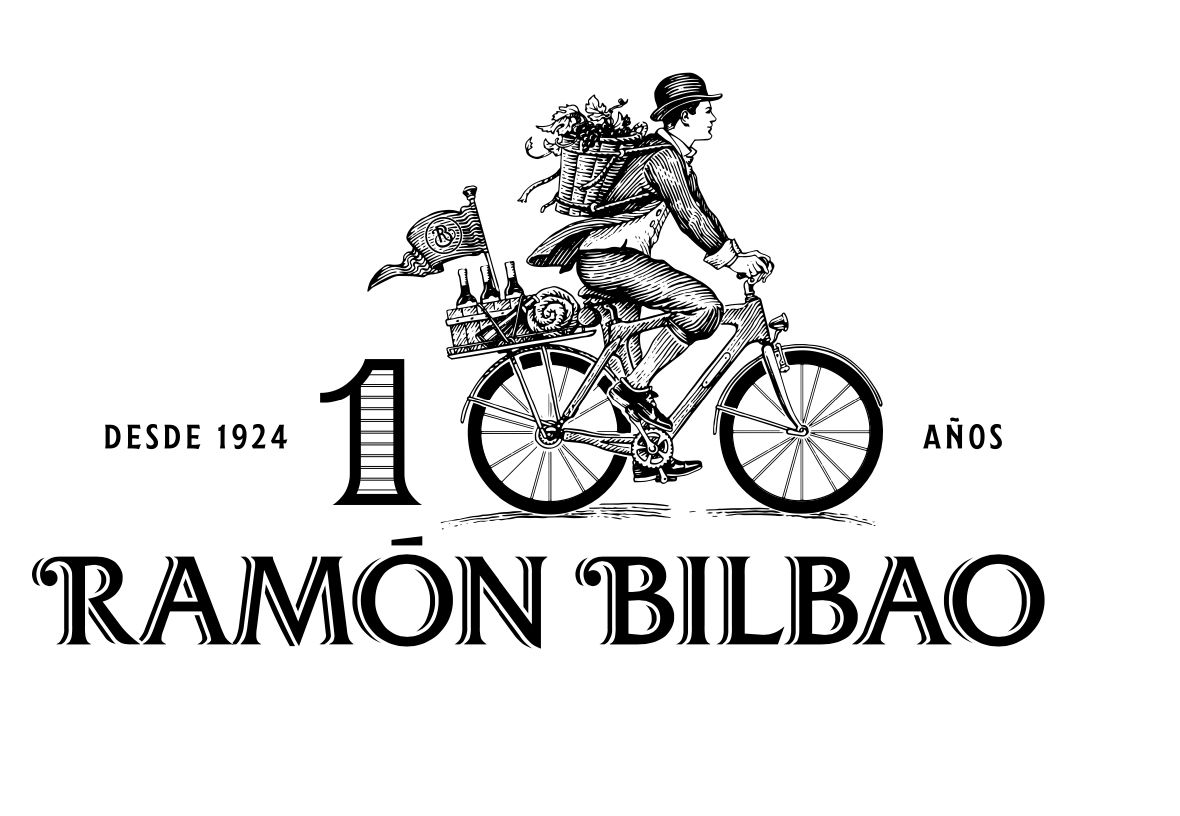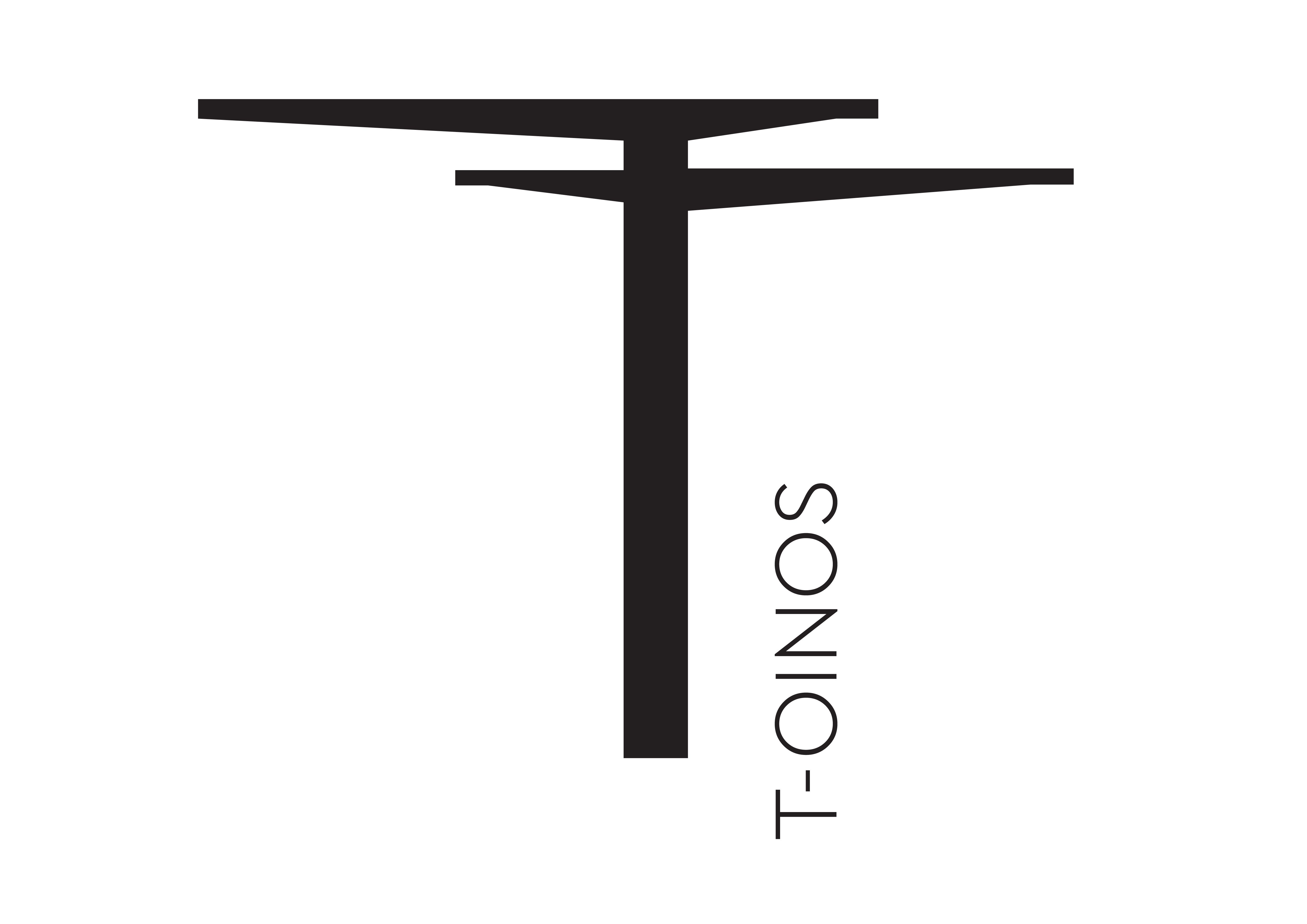There may not be many of them considering how many people want to be one, but if you look at the roll call of Masters of Wine they come in an increasingly different number of forms and backgrounds and are also now doing much of the work around the world helping to raise the standards of all wine…starting from the bottom up.
Those of us with long enough memories will always associate June with weeks of anxious revision leading up to end of year school or college exams. It was all made even worse if they happened to fall smack bang in the middle of a World Cup where games going into extra time and penalties would have you been nervously counting down the hours before your next exam was due to start.
Pity then all those wine professionals all over the world who earlier this month put themselves through days of nerve jangling stress to sit the latest round of Master of Wine exams. Now the fact you are probably in quite a good position in your career to even attempt to become a MW probably was not much of a consolation to all those who took part last week.
At least when we did our school exams we weren’t personally paying to do so (well our parents might have paid to send you to school but that’s another story). That’s what makes any sort of professional or work related exam even more stressful. You are not only putting your own business skills to the test, you’re paying large amounts of your own money to do so. Not to mention the years, in some cases, of study, painstaking research, revision, months of in-depth tastings, visits, and meetings you have had to put in just to have earned the right to take the exam.
Now normally want goes on in a MW study and exam room remains behind closed doors. It all adds to the allure and mystery about the whole MW process. Not any more. The Institute of Masters of Wine has decided in recent years to put the full exam paper online, complete with the answers of the wines that featured in the blind tasting. (Here are the questions from the 2019 exam). It once again resulted in a social media frenzy as the global wine trade gobbled it up, sharing and commenting on just how hard, or not, this year’s exam was.
It certainly made for fascinating reading as we no doubt all took a look to see how many of the questions we could attempt to answer without having done any of the hard work or revision along the way.
Refreshing to see

The MW exam: It’s not all just about identifying grape varieties in a blind tasting
What was particularly refreshing to see was amongst all the more geeky, scientific and hard core viticultural questions (like questions on trunk disease and use of Lysozyme or Mannoproteins in winemaking) there were far more belt and braces, wine industry focused questions and issues addressed than you might imagine would be in a MW exam.
So are you ready? Mobile phones off. No conferring. How about having a go at some of these?
- Describe the options available for bulk transport of wine. What are the risks and benefits for each option?
- How does a laboratory analysis of a wine help the quality control manager make decisions at bottling?
- What have been the most important changes in global wine supply and demand in the past three years and what are their implications?
- What are the advantages and disadvantages of private-label wines for wineries, distributors and retailers?
- Where are direct to consumer wine sales increasing and why?
The fact such issues are at the heart of a MW exam is particularly relevant – and no doubt re-assuring – for all of those involved in the day to day, sourcing, negotiating, buying, shipping and distribution of bulk and bottled wine around the world.
Particularly those involved in the bread and butter of bulk wine which for years has been seen as the equivalent of the “market trader” end of the industry, a sector the rarefied world of fine wine where one might assume MWs normally reside is not normally in any way interested in.
But then perceptions and reality are often miles apart as we can see in the nitty, gritty and detail of the MW exam.
It’s only right that anyone wanting to become a MW is as much focused on what is happening at the big volume, commercial end of the market as they are with premium, supposedly higher quality wines deemed worthy of assessing as part of a blind comparative tasting.
Move with the times

The Institute of Masters of Wine has always stressed it has looked to move with the times and that what is needed now to become a MW is very different to say 10 or 15 years ago, never mind in the 1970’s and 1980’s. Which is only right considering how much the global wine industry has changed in that time.
Just look at the rise in bulk and bottled in market wine. It’s gone from being on the sidelines of international trade, to being at the centre of what so many wine producers, agencies, brokers, importers, distributors and retailers now do. It is responsible for well over half of what some companies export and import. For all Australia’s talk of promoting higher priced wines, over 80% of what it exports is now in bulk wine.
It therefore goes hand in hand that the skills and knowledge needed to be successful in bulk wine have had to change too.
It’s also a sector that has a lot to thank MWs for. As the number of MWs has increased, albeit painstakingly slowly, over the years, its stands to reason that more commercially focused trade professionals have been able to acquire the MW letters after their name.
The mental picture some might have of an average MW decked out in their pearls or red and yellow trousers hovering around a spittoon at the latest fine wine tasting is as out of date as a 12 month old copy of Hugh Johnson’s Pocket Wine Book.
Instead you are much likely to find a MW in a wine laboratory meticulously going through countless numbers of wine samples to find the right blend for which ever commercial customer they are working for.
Hands-on expertise

Laura Jewell MW is proud of her mass market blending days with Tesco and Spar amongst others
Laura Jewell MW, head of Wine of Australia in the UK and Europe, once told me that amongst her proudest achievements working in wine was her ability to be able to source and blend millions of litres of entry level wine that would sell out during her time at Tesco. That for her was a bigger accomplishment, and use of her skills and training, than simply being able to pick out the best quality wine in a line-up.
She is not the only MW that has cut her teeth in the cut throat world of supermarket retailing. Justin Howard Sneyd, Jo Ahearne, Arabella Woodrow Clem Yatesand Barry Dick are just a few of the leading wine names that have been responsible for buying and building up wine ranges for major supermarkets in the UK. Richard Bampfield MW is heavily involved in the putting together the wine range at Lidl UK.
Dick, Yates and Woodrow now work for Copestick Murray, Off Piste Wines and Broadland Wineries respectively, three of the leading wine suppliers working with producers all over the world either to develop exclusive brands and wines for their own companies or private label for major retail and on-trade operators.
Dick, for example, now spends a great deal of his time working in Eastern Europe working with local producers to help them develop their own skills and resources to be able to service and supply ever demanding retail customers.

Barry Dick MW is one of the biggest driving forces within the MW community in raising the standards of bulk wine production and distribution
His thesis that helped him get the MW was very much on point as it was entitled: “Analyse the performance of ISO tanks versus single-use Flexitank as a method of transporting a bulk white wine from Australia to the UK.”
He has this year teamed up with fellow MWs, Tim Wildman and Michael Palij, to set up MW Access, a new consultancy service that looks to connect the right MWs around the world with producers, brands owners, retailers or operators looking for help and expertise with their wine. It is perhaps the perfect example of what steps MWs are now taking to push them to the heart of the commercial wine industry.
It is if you like a MW match making service where Wildman, Dick and Palij will act as the hub, the knowledge centre, who can identify and connect he right MW with any business that contacts them looking for their support.
As Wildman explained on The Buyer earlier this year: “Our approach is to match the MW who have the most appropriate skills to the project and the clients needs and requirements, on a project-by-project basis. This means that depending on the project we’ll have different MWs in different geographies taking on projects, some of which will be one-offs, some longer term projects. MWA will be a broad church, and there’ll be the opportunity to work on projects for all independent, freelance Masters of Wine who have the relevant skills and experience.”
Walking the walk
The world over there are MWs playing key and important roles at the very heart of the commercial wine industry. There are also a lot of them making wine themselves, either for full blown commercial operations or their own projects like Justin Howard-Sneyd (Domaine Of the Bee), Giles Cooke and Fergal Tynan at Alliance Wine and Thistledown Wine.
Then there are the many MW wine critics that for years have used their columns and influence through national newspapers and major consumer tastings to promote, write about and highlight good quality, mass volume wines available in your local supermarket or online. The likes of Jancis Robinson MW or Tim Atkin MW have for years played a crucial role in talking about all wines, regardless of price point, providing they think they are worthy of drinking. Which carries far more weight than we probably appreciate within the rarefied world of the wine trade.
Last year MWs descended on Rioja, Spain to attend their symposium which comes around as often as a World Cup and discussed in detail many of the world’s leading trade issues as well as the dirtty and geeky side of the sector. On this year’s agenda were sessions on new terroirs and regions, the impact of climate change, counterfeit wines, the changing consumer, as well as in-depth look at wine trends and styles in key countries including Spain, Argentina, Greece, Australia.
So as well as all the geeky talk of high acidity, membrane filtration and non-malolactic fermentation, some were also getting stuck into debates on bulk wine and private label over their tapas too. They’re the MWs to watch, they’re the ones really making a difference at all levels of the wine industry and for all wine drinkers.
- This is an adapted version of an article published on VINEX.market, the bulk and bottled wine market exchange.









































